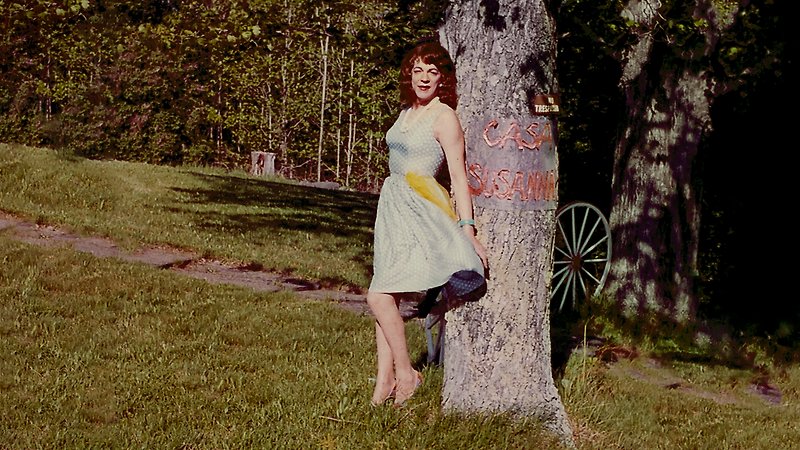French documentarian Sébastien Lifshitz's poignant story about trans lives across time. Casa Susanna was a bungalow refuge for cross-dressing men in the 1960s, where they were free to be themselves.

A charming film with a big, open heart… These are human tales of strengths and weaknesses, triumphs and flaws… handled with great care and sensitivity.
Screened as part of NZIFF 2023
Casa Susanna 2022
Casa Susanna was a bungalow camp in upstate New York that served as a safe space for cross-dressing men in the 1960s. In this documentary directed by Sébastien Lifshitz, two elderly women who visited Casa Susanna, Katherine Cummings and Diana Merry-Shapiro, return to the house and barn where the camp was based. They are joined by Gregory Bagarozy, the grandson of Tito Valenti, who went by Susanna when dressed as a woman, and his wife Marie, who owned the camp. Marie ran a wig shop in New York and introduced customers to Susanna. Proceeds from the business helped purchase a Catskills estate called Chevalier D’Eon Resort, the forerunner of Casa Susanna. Betsy Wollheim, whose science-fiction writer father visited Casa Susanna, also features.
Life at Casa Susanna was documented in a cache of Polaroid photographs discovered at a Manhattan flea market and published as a 2005 book. Casa Susanna was strictly for men and their wives.
As the Guardian has noted, “They wanted to distinguish themselves from gay people, as they couldn’t accept what they saw as being two marks against their names.”
The film reveals that not everybody followed that path. The interviews and photographs are intercut with archival footage of queer and trans people from the period, most famously Christine Jorgenson. Casa Susanna is a reminder of the courageous, everyday lives of trans people during a hostile time.
Lifshitz's gentle, understated approach, where the interviewer is never seen or heard, creates space for the characters to reminisce, culminating in a surprising, but beautiful denouement. Music is cleverly deployed in the film, creating a mood for the period, in a manner reminiscent of director Terence Davies' evocation of his English settings. The result is a poignant film with emotional intensity, set against the backdrop of the Autumn glory of the Catskills. — Paul Diamond